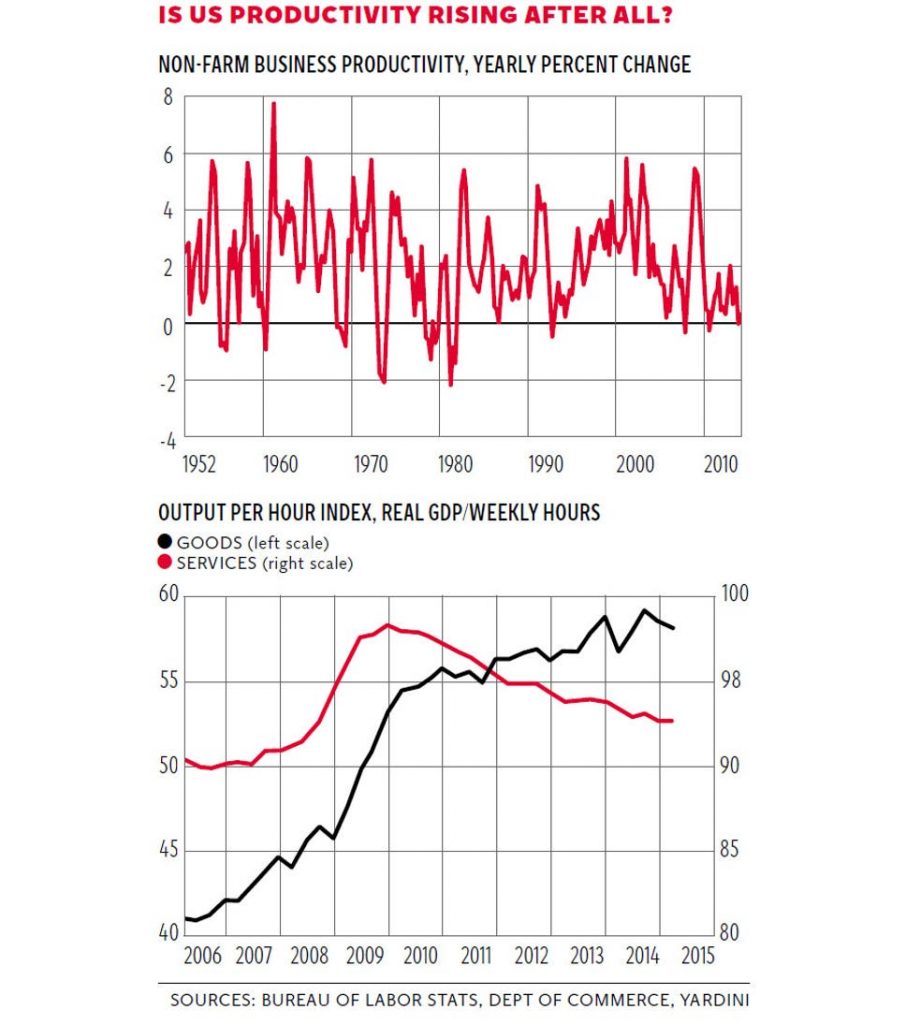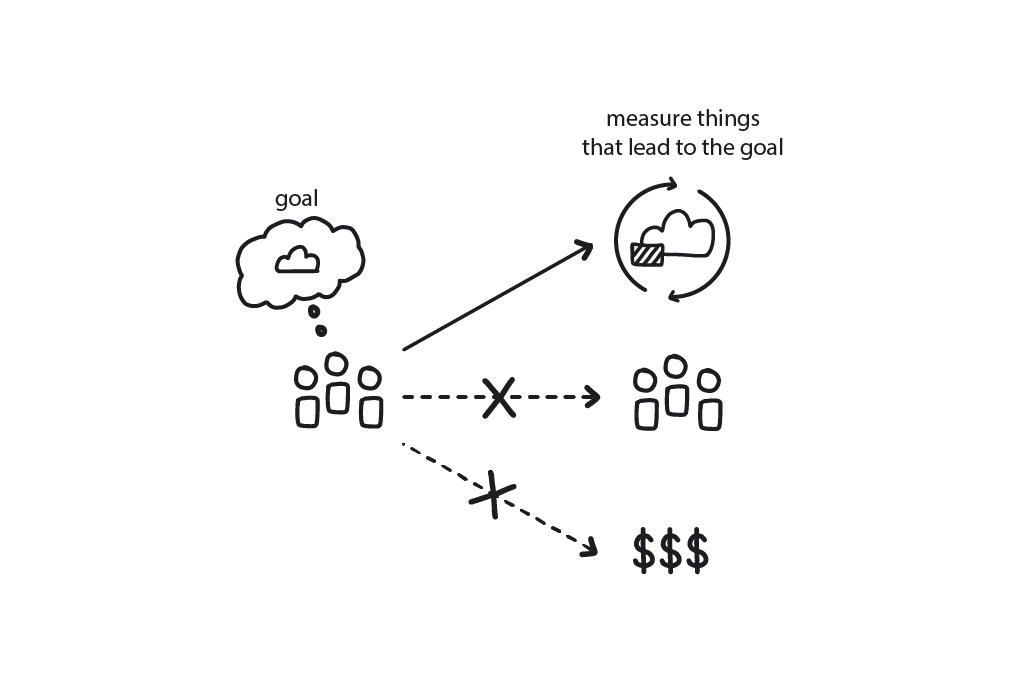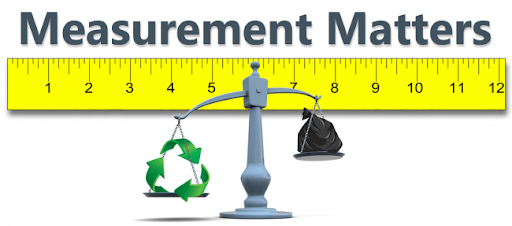- The Problem of Measuring Productivity and Focus (Pt 1)
- How do you KPI a KPI? Measuring your Measurement Framework (Pt 2)
- Why Being Measured Leads to Better Productivity (Pt 3)
It is the great puzzle of our time and it is particularly evident on this side of the border: why has the hi-tech and AI boom not increased productivity? There are huge numbers of hi-tech start-ups in the United States with investors paying such high prices that there is a real concern that there will be another bust. Established companies such as Apple, Amazon, Netflix and Google continue to grow rapidly. Uber and Airbnb keep disrupting their respective sectors (though Airbnb may be in some trouble) – yet productivity growth as measured is sluggish and US median incomes have not risen for two decades.
Add to this our own personal experience of the gains we have experienced both in our work and our leisure from the new technologies – the ease of communication, the time saved – and the failure to increase productivity really is a puzzle. Maybe, however, there is a simple explanation.
It is that…

The person who has articulated this most vigorously is Hal Varian, a microeconomics professor who taught at Berkeley and chief economist for Google. His argument is that conventional economics only counts as economic activity things that are paid for. Since a lot of the services generated by the hi-tech industries are free to the user, they are not counted in GDP. It follows that GDP is higher than measured and accordingly productivity is higher too.
Intuitively this makes a huge amount of sense, because it squares with our personal experience. But pinning it down is hard. So what do the official statistics say? The top graph shows what has happened, or at least recorded, to US non-farm productivity since the early 1950s. As you can see the line jumps about a lot, but the average right through to the 1990s is around 2.5 per cent a year, whereas it drops to at best about 1 per cent a year during the past decade.
As far as this more recent period is concerned, the economist Ed Yardeni has done some further calculations on real output in the service and manufacturing against hours worked to produce a chart that gives a proxy for productivity in both sectors from 2006 to 2015. (It seems there are no official stats breaking down productivity between services and manufacturing.) The results are really odd. Manufacturing has continued to increase productivity, though the growth has tailed off a bit, but service productivity has actually been falling since 2009. According to these calculations US services productivity dropped by nearly 6 per cent between the end of 2009 and early this year.
This must be wrong. The US is the centre of an extraordinary global phenomenon, exporting its technology across the world, with ever more competent (and seductive) software, not to mention the must-have hardware, yet its productivity during this boom is actually falling? It must be a measurement problem.

The Problem of Measuring What Matters
Problems in Measuring Manufacturing Productivity
For companies that make physical products, measuring productivity becomes a problem when several employees work on each unit. It is difficult to tell who is helping and who is hindering. You can hardly hold an employee accountable for low productivity when he spends his time waiting for others to finish their parts of the job. The best solution is to measure a team’s productivity and tie bonuses to it. The team will find its own ways to become more efficient.
Problems in Measuring Services Productivity
When seeking data on output in the services industries, difficulty arises in how to measure output. A broker, an expediter or a quality control officer cannot point to a stack of boxes as her output for the day. The company owner must find a way to quantify service output by measuring the number of services provided, number of customers serviced or number of problems solved. This can take the mystery out of measuring services and give you an idea of whether you are getting the amount of services you need for wages paid.
Problems in Measuring Productivity of Knowledge Workers
Knowledge workers are those who deal with ideas. They may be responsible for creating innovations in a company, streamlining processes, reorganizing the hierarchy through job evaluations or developing guidelines. The salary of a manger could be measured by how many problems she solves in a day, but it is difficult to keep track of this kind of productivity in a busy office. One way to approach the problem of measuring idea output is to do performance appraisals based on elements like input at committee meetings, problem-solving tasks taken on, efficiency suggestions made, improvements made in a department and employee/manager conflicts resolved. It would be hard to set quotas for these actions, but they can be evaluated and assessed for how much they contribute to the company.
Measure Trends

Tackling Measurement
Next week we’ll start diving into the Meta problem of Measuring Measurement. How do you put a KPI on KPIs?

So what do you do when all signs point to having to go to University to gain any sort of advantage? Unfortunately it’s the current state of affairs that most employers will not hire you unless you have a degree for even junior or starting jobs. Once you have that degree, coming to my Mentor Program, with 1000ml with our Patent Pending training system, the only such system in the world; is the only way to gain the practical knowledge and experience that will jump start your career.
Check out our next dates below for our upcoming seminars, labs and programs, we’d love to have you there.
